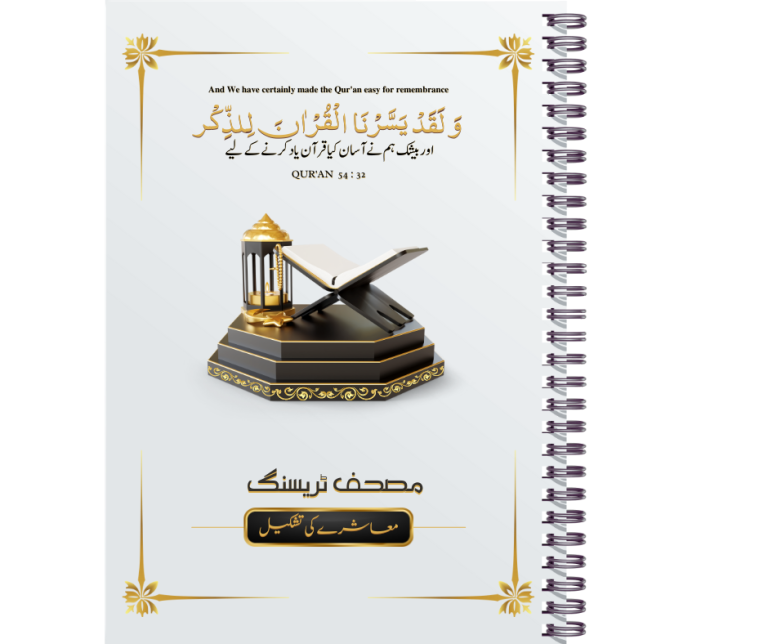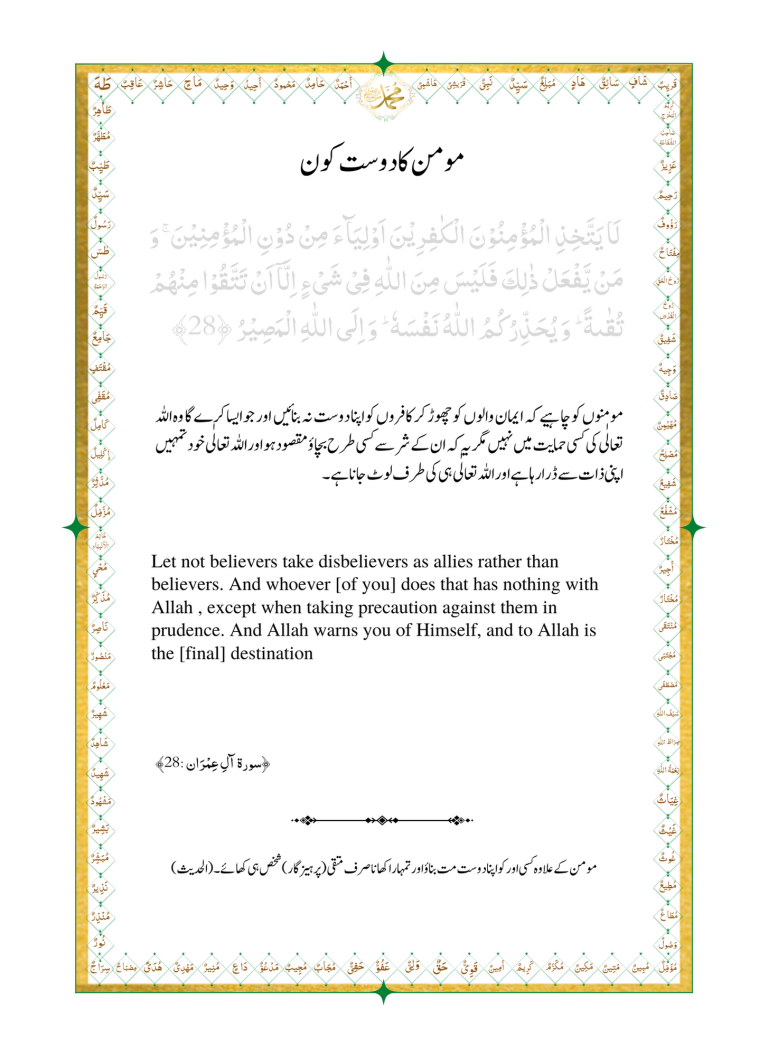Mushaf tracing is a highly intricate process that requires the calligrapher to have a deep understanding of the Arabic language and grammar. The calligrapher must also have a keen eye for detail and be able to write in a precise and accurate manner. The process of Mushaf tracing involves copying the text of the Quran from one source to another, usually from a master copy of the Quran.
The calligrapher will begin by preparing their materials, which typically include a reed pen, ink, and high-quality paper. They will then carefully study the master copy of the Quran, paying close attention to the placement of the letters, the size of the text, and the spacing between the lines. Once they have a thorough understanding of the text, they will begin the process of copying it onto their own sheet of paper.
Mushaf tracing is a time-consuming and labor-intensive process, and it can take several years of practice to master. However, for those who are dedicated to the art, it is a highly rewarding experience. Not only does Mushaf tracing allow one to develop a deep appreciation for the Quranic text, but it also provides a sense of spiritual fulfillment and connection to Islamic tradition. Mushaf tracing is a highly respected art form in the Islamic tradition that involves the precise copying of the Quranic text. It is a skill that requires years of practice and dedication to master, but for those who are committed to the art, it is a highly rewarding experience. Mushaf tracing allows one to develop a deep appreciation for the Quranic text and provides a sense of spiritual fulfillment and connection to Islamic tradition.
There is a growing interest in Mushaf Tracing in the current era. This is due to a number of factors, including:
* The increasing availability of digital copies of the Quran.
* The growing popularity of online Quran learning platforms.
* The increasing interest in Islamic calligraphy and art.
Mushaf Tracing can be used for a variety of purposes, including:
* To improve one’s Quran recitation.
* To learn more about the Quranic text.
* To develop one’s artistic skills.
* To create a unique and personal copy of the Quran.



Leave Your Comments